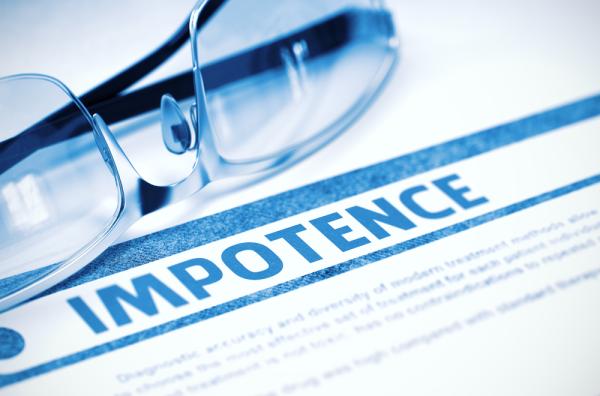As practitioners of capitalism, Americans like to take for granted that competition keeps prices in check, which in turn keeps businesses on their toes while they deliver welcomed, price-trimming benefits to consumers.
However, when viewing the market for medication that treats erectile dysfunction, or ED, that assumption simply and shockingly does not apply. And the steady, upward march of prices should be of growing concern to those with the condition (and anyone else -- e.g. purchasers of health insurance -- who indirectly subsidizes price increases in the prescription drug market).
 Publishing an illustration that delivers startling clarity about recent ED drug pricing, the Wall Street Journal deserves credit for cleanly laying out what has been taking place. Its graph, spanning 2013 to today, compares the list price of a single pill of Viagra to that of Cialis. And the lockstep laddering, for two products that are in direct competition with one another, is an attention grabber to say the least.
Publishing an illustration that delivers startling clarity about recent ED drug pricing, the Wall Street Journal deserves credit for cleanly laying out what has been taking place. Its graph, spanning 2013 to today, compares the list price of a single pill of Viagra to that of Cialis. And the lockstep laddering, for two products that are in direct competition with one another, is an attention grabber to say the least.
The first question that jumps off the graph (if that were possible, but you get the point) is: How can this be? How can the two top products in this market have nearly-identical price increases over all these years? And the next thought that likely comes to mind is: Are the drug makers in cahoots with one another in determining these prices?
The answer, according to experts specializing in antitrust law, is that it comes down to communication. As long as there is no contact between companies in this regard -- in this case Pfizer as the makers of Viagra, and Eli Lilly for Cialis -- then there is no collusion, and the tandem price increases are perfectly legal. Frustrating, but legal.
Both companies are on record as stating that their pricing decisions are made independently -- because, of course, that's the only possible response short of admitting to criminal activity. That's not to say either company isn't being truthful; we are not saying that at all. So taken at their respective words, both Pfizer and Eli Lilly raise prices -- and frequently more than once a year -- because the marketplace says it wont be punished for doing so. That's where the concern lies. If you're interested in more detail about how these companies have raised prices in similar fashion -- sometimes on the same day -- here's the story.
Just to be clear, this is not a screed targeted at the pharmaceutical industry. Nor a rant about price gouging. Drug pricing, as we all know too well, is notoriously complex, and there's no easy way to determine why this is happening. But it is happening, and the Journal should be credited with bringing it to our attention. And it's worth repeating, even if you're not a purchaser of this medication. Because in all likelihood, if it's happening with one drug it is happening elsewhere as well.
And as far as the ED market goes, that's not an insignificant business. These drugs account for more than $3 billion in annual sales, with Pfizer currently owning the 45 percent of market share. Eli Lilly is the number-two manufacturer.
When Viagra was first approved by the Food and Drug Administration in 1998, it owned the market and charged $7 per pill. Today, the list price is nearly seven times as much, at over $48. Five years after Viagra's debut, Cialis secured approval and came to market the following year in 2004, costing about $10 per 10 milligram pill. Now it sells for over $51.




